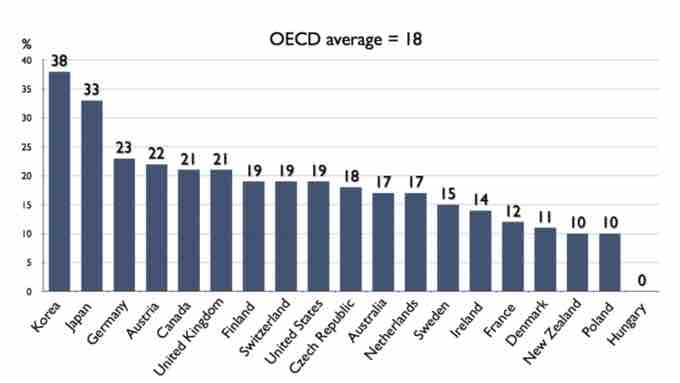Women in the workforce earning wages or a salary are part of a modern phenomenon, one that developed at the same time as the growth of paid employment for men; yet women have been challenged by inequality in the workforce. Until modern times, legal and cultural practices, combined with the inertia of longstanding religious and educational conventions, restricted women's entry and participation in the workforce. Economic dependency upon men has had the same impact, particularly as occupations have become professionalized over the 19th and 20th centuries.
Historically, women's lack of access to higher education had effectively excluded them from the practice of well-paid and high status occupations. Entry of women into the higher professions like law and medicine was delayed in most countries due to women being denied entry to universities and qualification for degrees; for example, Cambridge University only fully validated degrees for women late in 1947, and even then only after much opposition and acrimonious debate.
Barriers to Equal Participation
As gender roles have followed the formation of agricultural and then industrial societies, newly developed professions and fields of occupation have been frequently inflected by gender. Some examples of the ways in which gender affects a field include: prohibitions or restrictions on members of a particular gender entering a field or studying a field; discrimination within a field, including wage, management, and prestige hierarchies; expectation that mothers, rather than fathers, should be the primary childcare providers.
Access to Education and Training
A number of occupations became "professionalized" through the 19th and 20th centuries, gaining regulatory bodies, and passing laws or regulations requiring particular higher educational requirements. As women's access to higher education was often limited, this effectively restricted women's participation in these professionalizing occupations. For instance, women were completely forbidden access to Cambridge University until 1868, and were encumbered with a variety of restrictions until 1987, when the university adopted an equal opportunity policy. Numerous other institutions in the United States and Western Europe began opening their doors to women over the same period of time, but access to higher education remains a significant barrier to women's full participation in the workforce in developing countries.
Access to Capital
Women's access to occupations requiring capital outlays is also hindered by their unequal access to capital; this affects occupations such as entrepreneur and small business owner, farm ownership, and investor. Numerous microloan programs attempt to redress this imbalance, targeting women for loans or grants to establish start-up businesses or farms, having determined that aid targeted to women can disproportionately benefit a nation's economy.
Discrimination within Occupations
The gender pay gap is the difference between male and female earnings expressed as a percentage of male earnings, according to the OECD. The European Commission defines it as the average difference between men and women's hourly earnings. There is a debate to what extent this is the result of gender differences, implicit discrimination due to lifestyle choices (e.g., number of hours worked, need for maternity leave), or because of explicit discrimination. The 2008 edition of the Employment Outlook report by the Organisation for Economic Co-operation and Development (OECD) found that, while female employment rates have expanded considerably and the gender employment and wage gaps have narrowed virtually everywhere, women still have 20% less chance to have a job than men, on average, and they are paid 17% less than their male counterparts.
Feminization of the Workplace
In response to the pressure from feminism and cultural trends highlighting characteristics in workers that have culturally been associated with women, feminization of the workplace is a label given to the trend towards greater employment of women, and of men willing and able to operate with these more 'feminine' modes of interaction.

OECD Gender Pay Gap
Gender Pay Gap in 19 OECD countries according to the 2008 OECD Employment Outlook report